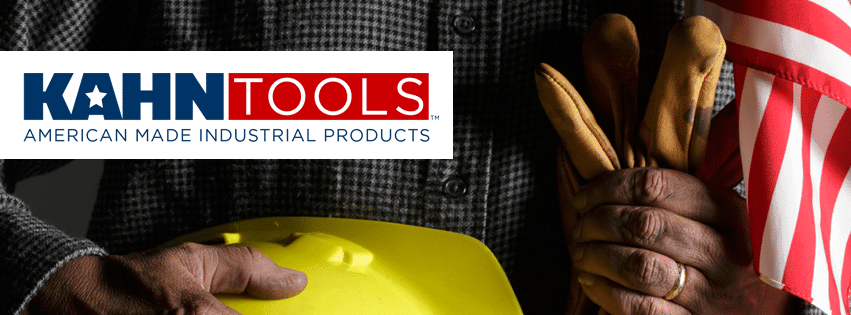
Pros and Cons of Outsourcing US Manufacturing Jobs
WHY MANUFACTURING SHOULD RETURN TO AMERICA
There has been a staggering loss of manufacturing jobs in the U.S. since the early 2000s, leaving many formerly booming industrial cities as near ghost towns. While many companies try to justify…

The Case for ‘Made in America’
It's about pride in what we do, not about protectionism. BY MARK DWIGHT
The Case for 'Made in America'
I proudly add the "Made in USA" label to every product I manufacture in my San Francisco factory. Making bags in this country is fundamentally…
 https://www.themadeinamericamovement.com/wp-content/uploads/2017/08/Made-in-America-Movement-Logo_340x156.png
0
0
The Made in America Movement Team
https://www.themadeinamericamovement.com/wp-content/uploads/2017/08/Made-in-America-Movement-Logo_340x156.png
The Made in America Movement Team2015-01-14 14:19:122020-09-23 08:56:10The Made in America Store Thrives
https://www.themadeinamericamovement.com/wp-content/uploads/2017/08/Made-in-America-Movement-Logo_340x156.png
0
0
The Made in America Movement Team
https://www.themadeinamericamovement.com/wp-content/uploads/2017/08/Made-in-America-Movement-Logo_340x156.png
The Made in America Movement Team2015-01-14 14:19:122020-09-23 08:56:10The Made in America Store Thrives
Give American This Season
It's time for America's annual holiday study of contrasts.
First comes Thanksgiving, a heritage slightly scarred by glitzy parades, football, turkey fryer incidents, and overeating, but still imbued with volunteerism, thankfulness, and…

Made in America: Why American Giant Didn’t Want to Build Factories in China
American Giant: Made in America.
With the prevalence of outsourcing factory work to Bangladesh and China, fewer retailers can use those three short words on popular clothing.
Three years into its existence, American Giant is sticking…

U.S. Businesses Being Destroyed Faster Than Being Created
The American economy is less entrepreneurial now than at any point in the last three decades. That's the conclusion of a new study out from the Brookings Institution, which looks at the rates of new business creation and destruction…

American Company Goes To The Mat For ‘Made In America’

Made in USA is Back in Style For Small Businesses
Martin Rawls-Meehan, CEO of Reverie, poses at the company showroom next to a bed that reveals the manufacturing process, in Silver Creek, N.Y. The company is working to expand manufacturing in the United States. (AP Photo/David Duprey)
By Joyce…

